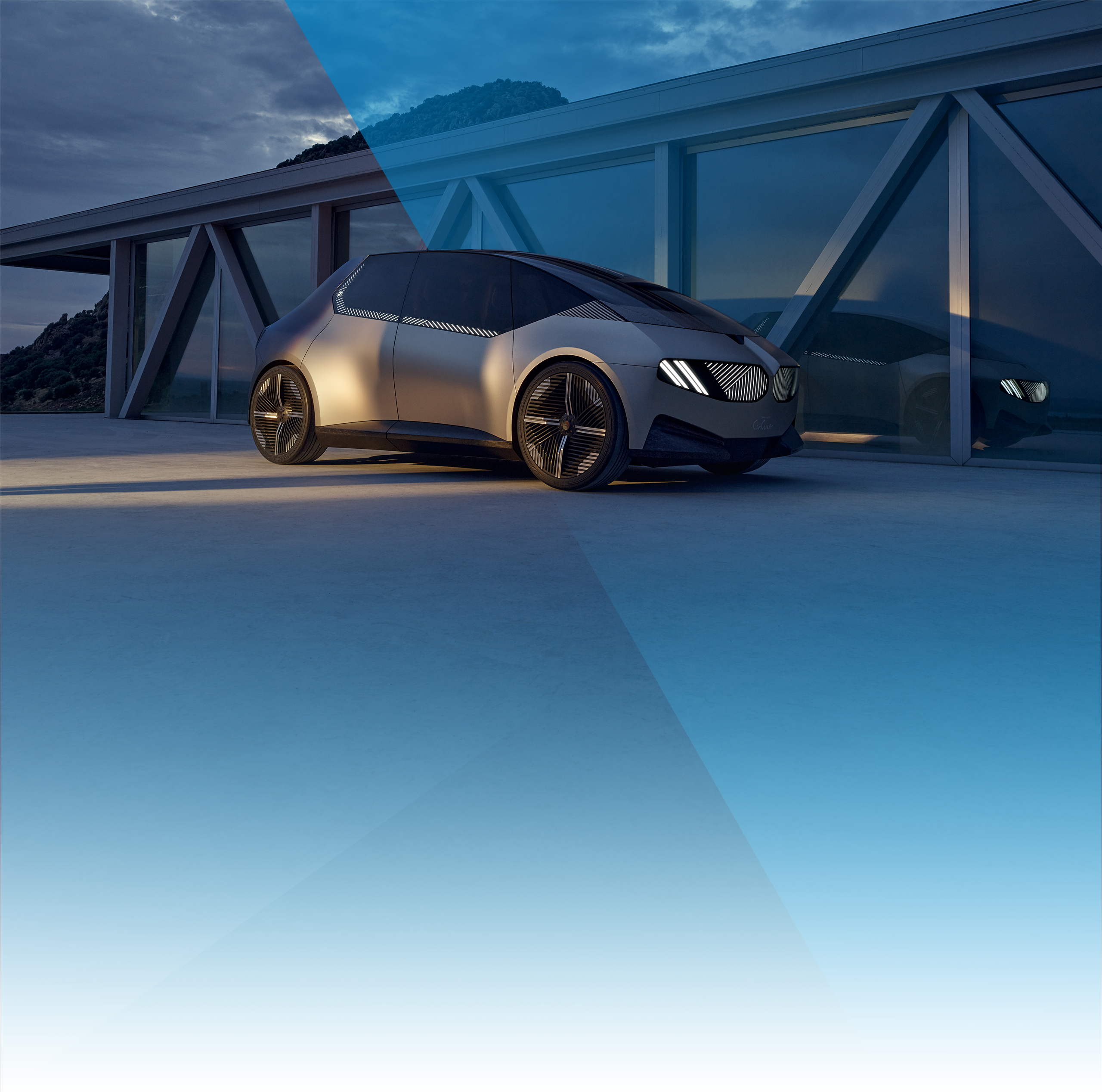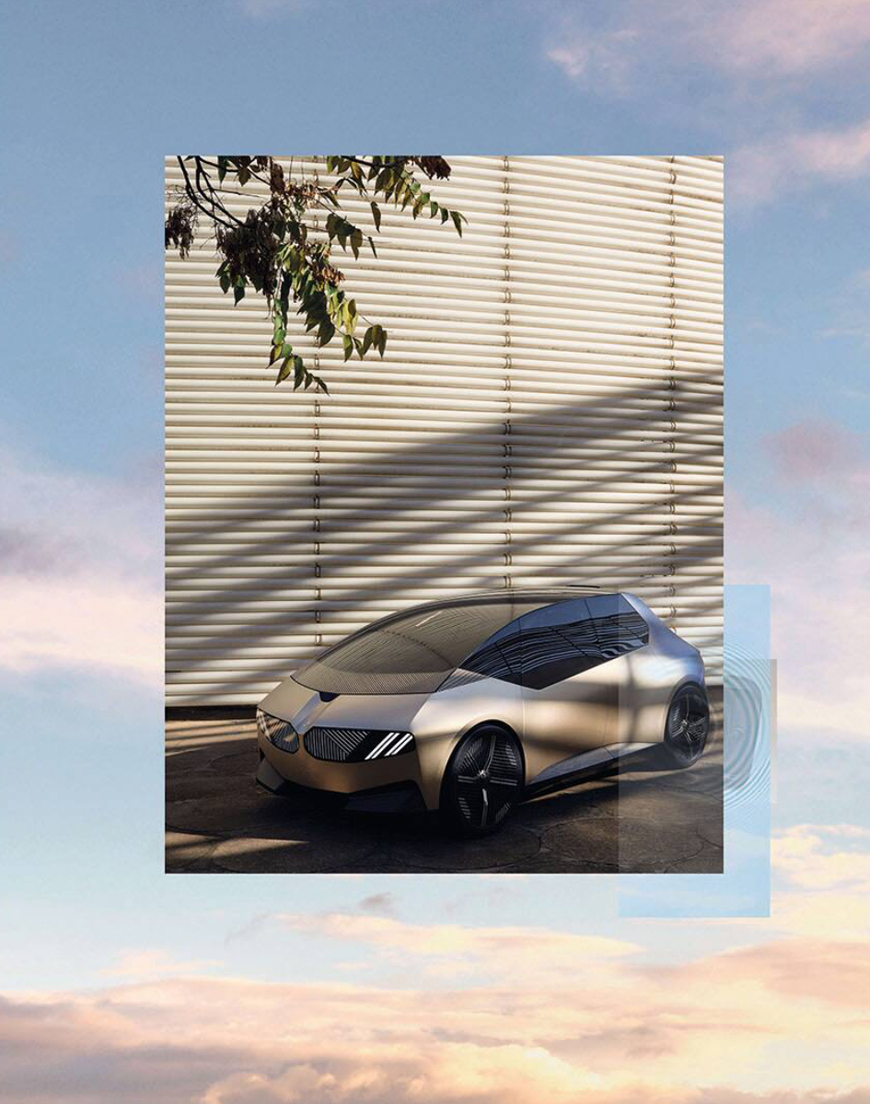To protect and preserve the environment, to reuse valuable resources multiple times and to ensure that nothing ends up going to waste – this is what we understand as circular economy.
The BMW i Vision Circular shows how a compact, all-electric vehicle focused on sustainability and luxury could look in the future. The principles of the circular economy shaped this vision of the future, in which vehicles are manufactured entirely from secondary materials and are 100% recyclable.




